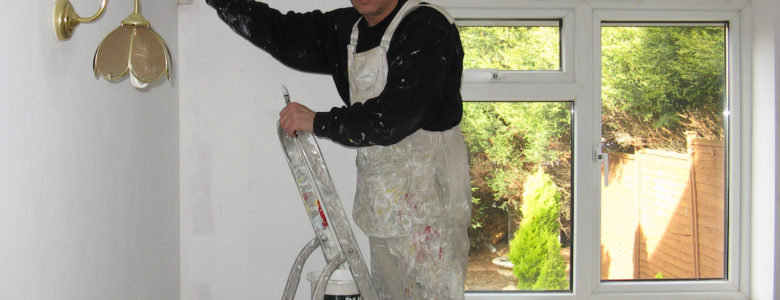Should you rent or buy?
Moving into a new home in a new town might seem risky. Deciding whether to rent or buy might seem even riskier. Everything is an unknown, and while you might have the time to do your due diligence if you’re buying in the neighborhood, it can be tough when you’re hundreds, if not thousands, of miles away.
In the vast majority of circumstances, it’s better to rent than buy before you get your footing in a new city or state. Renting before hand gives you the opportunity to find out what neighborhoods you really like and you won’t be under such pressure to buy the first home you see.
There are exceptions when deciding whether to rent or buy
There are times, though, when buying might be a better alternative, even in a brand new city.
1. You have to reinvest
If you sold your old home and you made a considerable amount of capital gains (more than $250,000 for someone filing singly and $500,000 for someone filing jointly), you have only 45 days to reinvest that money before being hit with capital gains taxes. The good news is, you don’t have to reinvest it in a home. Talk to a tax professional about acceptable mutual funds or IRAs, or if perhaps you can roll it into your 401k.
2. You already know the area
If you grew up there, or if you have family there, you might be comfortable enough in a city to know exactly where you want to live. In that case, go ahead and buy. Be aware, though, that if you’ve spent a lot of time in a city as a tourist or as a business traveler, you probably haven’t gotten a good feel for what it’s like to live there. For example, you might love a particular neighborhood, but the schools aren’t quite up to par or the grocery stores aren’t that good. On the other hand, there might be a neighborhood you don’t even know about that suits all your needs.
3. It’s a buyer’s market
It seems forever since it’s been a buyer’s market, but real estate is cyclical. Just because it’s expensive right now doesn’t mean it will be expensive in two years. A temporary rental could buy you the time to find an affordable home, and one that you love. If it’s a buyer’s market right now, though, then by all means, buy.
4. You found the perfect house
If you find your dream house and you’ve researched the neighborhood (go there at night, as well as during the day, ask neighbors about their experiences, look at parking, find good schools, examine utilities), and you have a good deal, then by all means, buy it.
Overall, the decision over whether to rent of buy is deeply personal. Sometimes, you have to take a leap of faith. Other times, it pays to wait.
Featured image via Joint Base Langley-Eustis









